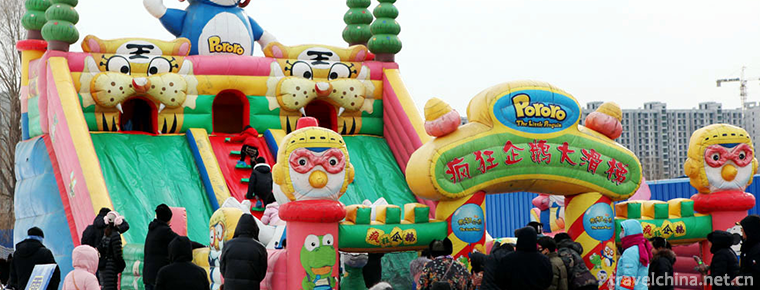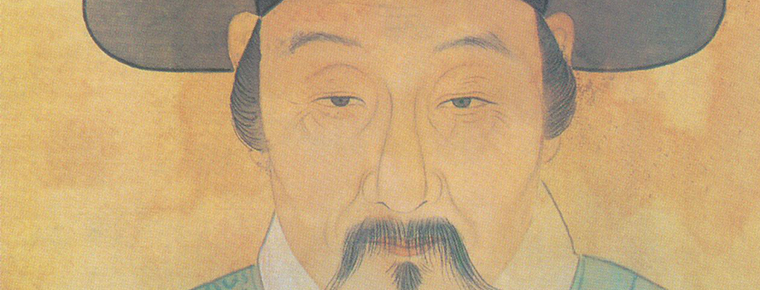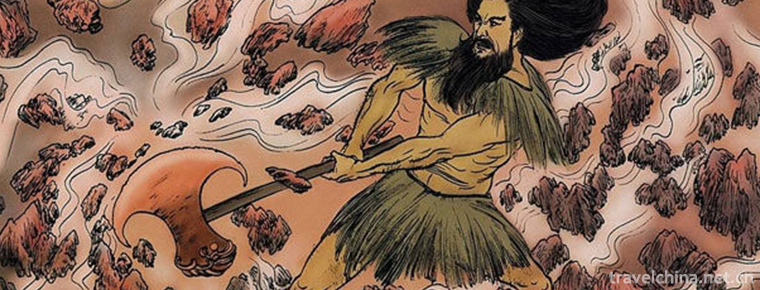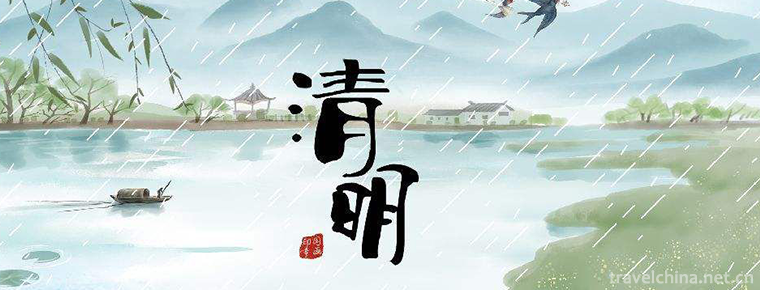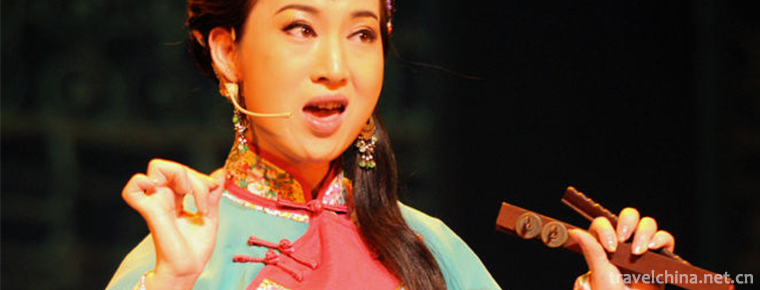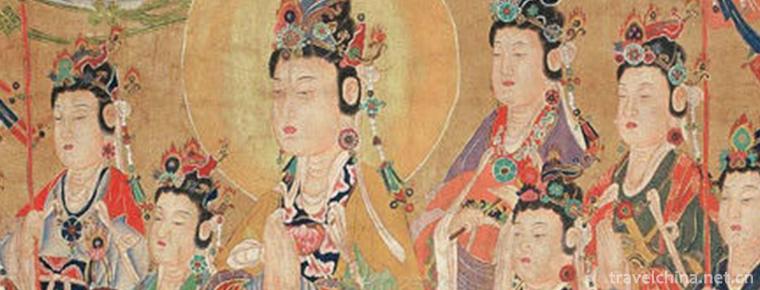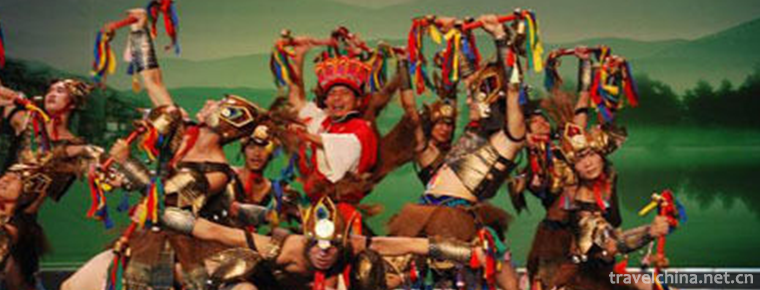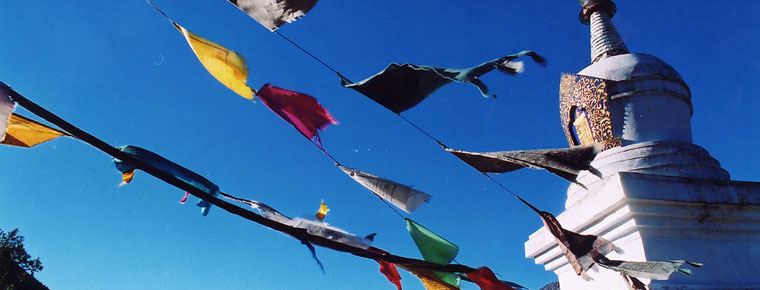Xilu Bangkok
Xilu Bangkok
Xilu Bangzi a Xilu Bangzi is an ancient traditional opera. Now the embryonic form of Hebei Bangzi was formed in Qingdaoguang period. Its predecessor is Shanshan-Shaanxi Bangzi, which was introduced into Haixing area of Hebei Province by businessmen. The local people combined the local Haha, Luoluo, Liuzi, Yugu opera, Yangko opera, local folk songs, drum lyrics and other traditional folk arts, such as Wushu, acrobatics, dance, to form Xilu Bangzi and spread quickly. The singing voice is high, exciting and melodious, especially good at expressing sad tunes, which obviously has the characteristics of the transition from Shan-Shan Bangzi to Zhili Bangzi. In the later period of Qingdaoguang, it was named "Bangzi on the West Road", which is also called "Bangzi on the East Road", which evolved from Bangzi on the Shandong and Shaanxi provinces.
On May 23, 2011, the Xilu Bangzi declared by Haixing County, Hebei Province, was listed in the third batch of national intangible cultural heritage list with the approval of the State Council.
historical origin
The traditional plays of Xilu Bangzi mostly show local folkways and customs, and mostly come from local legends and stories.
artistic characteristics
Performing Form
The performances teach people to respect the old and love the young in a lively way, to accumulate virtue and do good deeds, to work hard and to be enterprising. Xilu Bangzi's performance forms, such as singing, reading, doing and fighting, are rich in content, and the roles of students, dan, Jing and ugly acts are all available, especially Wusheng, Wu ugly and knife-and-circus-dan operas.
Opera Aria
The main chord accompaniment is obviously different from that of Hebei Bangzi accompaniment nowadays. The linguistic structure of the lyrics is flexible, the sentence pattern is not rigid, and the oral component is heavy.
Representational repertoire
Wushu opera requires the performers to have high martial arts skills. For example, the traditional dramas "Zhang San Daquan" and "Zhang San Running Horse" created by Zhang San, a famous martial arts student, are widely spread in Hebei, Beijing and Tianjin. "Walking Dwarf", "Playing Axle Rod", "Hanging Pigtail", "Shaking Hat Wings", "Fairy Stripper" and other difficult movements were originated in the West Road Bangzi, and are still popular in major operas. Danjiao's performances of Qingyi, Huadan and other actors also have their own characteristics. Later, the performances of Beijing Opera also had a great impact.
Inheritance value
Bangzi on the west road is deeply loved by the people in the border area of Hebei and Shandong. It was widely spread and prevailed in Beijing, Tianjin, Shanghai, Shandong and Hebei. At the end of the Qing Dynasty, he entered the court and was highly respected by emperors and important officials. It is the embryonic form of Bangzi in Hebei Province, and it also provides rich nutrition for Beijing Opera and other opera arts. Digging, sorting out, researching and inheriting the Bangzi of Xilu is of great value to the study of the history of folk opera and music in Haixing and Jilu Border Region, especially to the study of the origin of Hebei Bangzi, an important opera in China.
Current situation of inheritance
Xilu Bangzi, a traditional folk drama form, has been endangered since the 1980s with the constant death of some old artists. At present, only a few folk artists can sing and accompany. And only a few inheritors are old enough to succeed. Rare scripts urgently need to be excavated, sorted out and rescued. The team of Xilu Bangzi Performing Group urgently needs to be formed in parallel. In recent years, through investigation and textual research, the Haixing County Drama History Research Group has mastered a lot of literature, history and word-of-mouth information, and collected a large number of related objects, including more than 40 manuscripts from the late Qing Dynasty to the Republic of China. It is a very arduous task to further excavate, sort out and protect the Bangkok of the West Road.

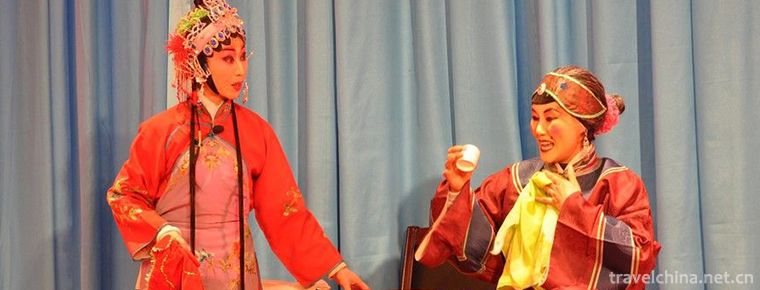
-
Crab Island
Crab Island Green Eco-Resort is based on agriculture, characterized by villages, with environmental protection, green, organic and healthy as the solid connotation of tourism and vacation. .
Views: 126 Time 2019-02-25 -
The story of Xie Jin
Xie Jin (Dec. 6, 1369 - Feb. 22, 1415), a literary Minister of Ming Dynasty, was born in Jishui, Ji'an Prefecture, Jiangxi Province..
Views: 110 Time 2019-05-06 -
Pangu Myth
Pangu myth, the local traditional folk literature of Tongbai County and Biyang County in Henan Province, is one of the national intangible cultural heritage..
Views: 406 Time 2019-06-08 -
Qingming Festival
Qingming Festival, also known as Taqing Festival, Xingqing Festival, March Festival, ancestor worship festival, the festival period in mid-spring and late spring. Qingming Festival originated from anc.
Views: 146 Time 2019-06-11 -
Shaoxing Lotus Flower Fall
Shaoxing Lotus Fall, also known as Lotus Music and Lotus Fall, is a traditional form of folk art in Shaoxing, Zhejiang Province. It is named because of the help singing such as "Lili Lianhua Luo&.
Views: 136 Time 2019-06-14 -
Surface painting
Water and land painting Festival is a traditional religious painting. Originated in the Three Kingdoms Period, Buddhist monasteries prevailing from the Jin Dynasty to the Yuan, Ming and Qing Dynasties.
Views: 303 Time 2019-06-15 -
Yi Kezhi
Yi Kezhi is a popular oral literature of poetry style among the Yi people. It is the cultural accumulation formed by the Yi people in their long-term production and life, and has a very long history. .
Views: 157 Time 2019-07-12 -
Youyang Folk Songs
Youyang folk song is a rich and colorful folk culture created and accumulated by the Tujia, Miao and Han people in Youyang Tujia and Miao Autonomous County of Chongqing in the long practice of product.
Views: 128 Time 2019-07-14 -
Tibetan lads are really popular
Who is Ding Zhen? He is a Tibetan Boy, 20 years old. On November 25, a tourism propaganda film "Ding Zhen's world" made him popular all over the country. Netizens once thought that his hometown was in Tibet, and the photographer could not help but clarify that Ding Zhen was from Litang County, Ganzi, Sichuan Province..
Views: 95 Time 2020-12-07 -
Administrative division of Mianyang
Mianyang City has jurisdiction over 9 county-level administrative divisions (Municipal District 3, county-level city 1, county-5), 166 township level administrative divisions (street 13, town 122, township 31), and manages the Science City Office of Sichuan.
Views: 320 Time 2020-12-14 -
Leshan landform
Leshan City is located in the transition zone from Sichuan basin to southwest mountainous area. The overall trend is high in Southwest China and low in Northeast China. The highest point is the main peak of Ma'anshan in Ebian Yi Autonomous County, with an altitude .
Views: 366 Time 2020-12-17 -
Guangan transportation
Located at the junction of Sichuan and Chongqing, Guang'an is an important passage from east Sichuan to Chongqing and southward and eastward. It is also an important node on the national "five vertical and seven horizontal" traffic trunk line.
Views: 339 Time 2020-12-19
